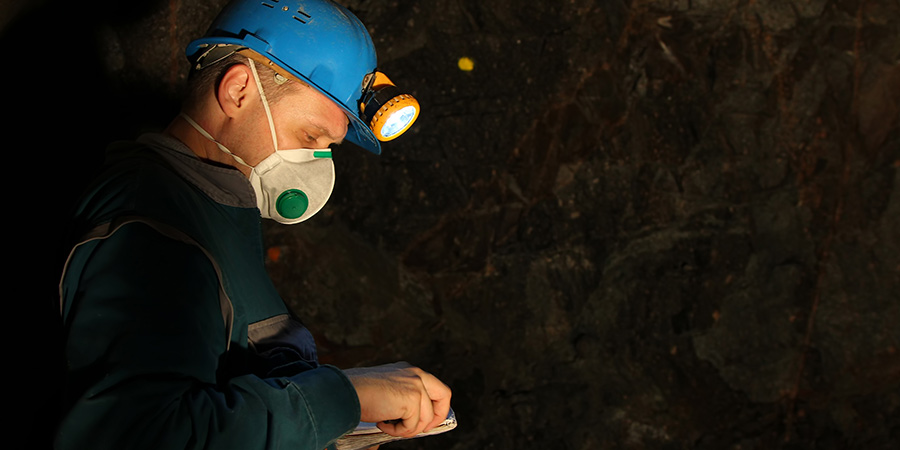Why specify waterproofing for heavily reinforced diaphragm walls?

Many regions are seeing an increased use of soil retaining walls with dense rebar for constructing deep basements as well as tunnels and transit systems. How should engineers prepare to protect these below-ground structures? Are they responsible for specifying waterproofing for heavily reinforced diaphragm and basement walls?
There are many advantages to drawing up these waterproofing specs instead of leaving it to the contractor to decide how to tackle this challenging problem – or taking a chance that the contractor foregoes waterproofing this critical area altogether. It is best to add in waterproofing at the design stage, so that you can develop the spec to meet the exact wall design requirements and project needs.
Contractors have often resorted to using waterproof concrete on these damp walls. However, the performance of waterproof concrete is affected by many factors, and it is common that contractors have had to repeatedly return to the site to grout and repair leaks. The inherent repair costs were only part of the problem. Repetitive leaks often impacted the long-term integrity of the structures. Waterproof concrete works well in some applications but is simply not a practical solution in deep basements.
Given the nature of the basement and construction method, engineers may prefer to specify a waterproofing system that meets the below conditions:
- Ability to be applied to damp surfaces. In most cases, it’s ideal that the substrate the waterproofing material is being applied to is dry. However, since these structures are below ground, they are commonly damp, so it’s best to look for a waterproofing system that can tolerate a damp substrate.
- Bonds to both the diaphragm wall and the skin wall that is cast on top of it. This dual bond capability is very important for ensuring the integrity of the structure. With a dual bond waterproofing system, it would require multiple failures, from the substrate all the way through to the skin wall outside, for water to infiltrate the structure.
- Excellent adhesion strength to prevent lateral water migration. The waterproofing membrane should be able to resist hydrostatic pressure, ideally up to 100 metres.
- Seals around rebar. Rebar/penetrations are the weakest points and also are the easy paths for water to travel. That’s why the ability to seal around rebar is critical for waterproofing performance of these applications.
The AQUELLA™ fluid-applied waterproofing system was designed explicitly for this purpose. It can be applied to damp, uneven surfaces, curing as a single membrane that seals around rebar. This makes it a preferred solution by engineers looking for a waterproofing system that overcomes the “patch-it” approach.
Tags
- AQUELLA®
- Waterproofing